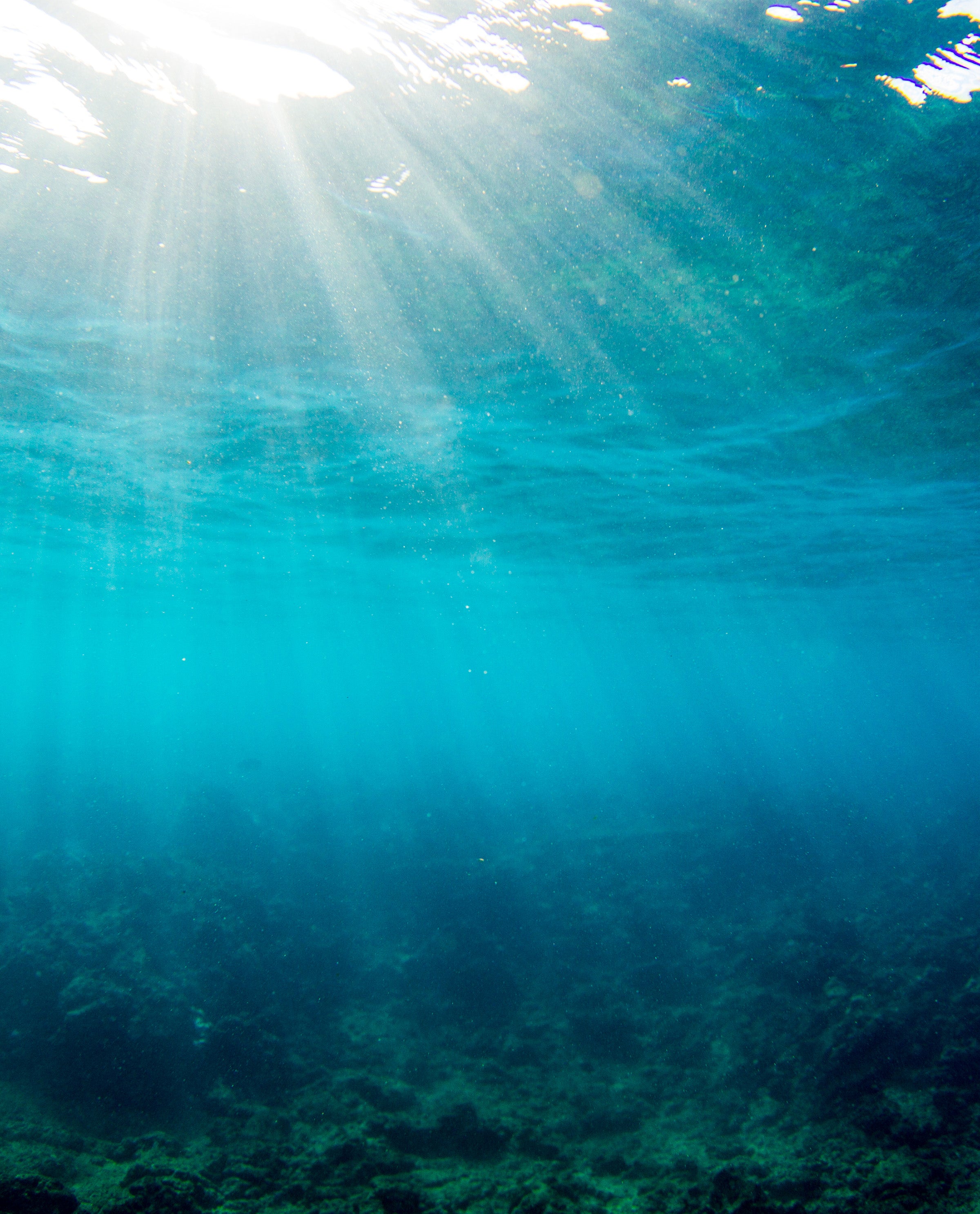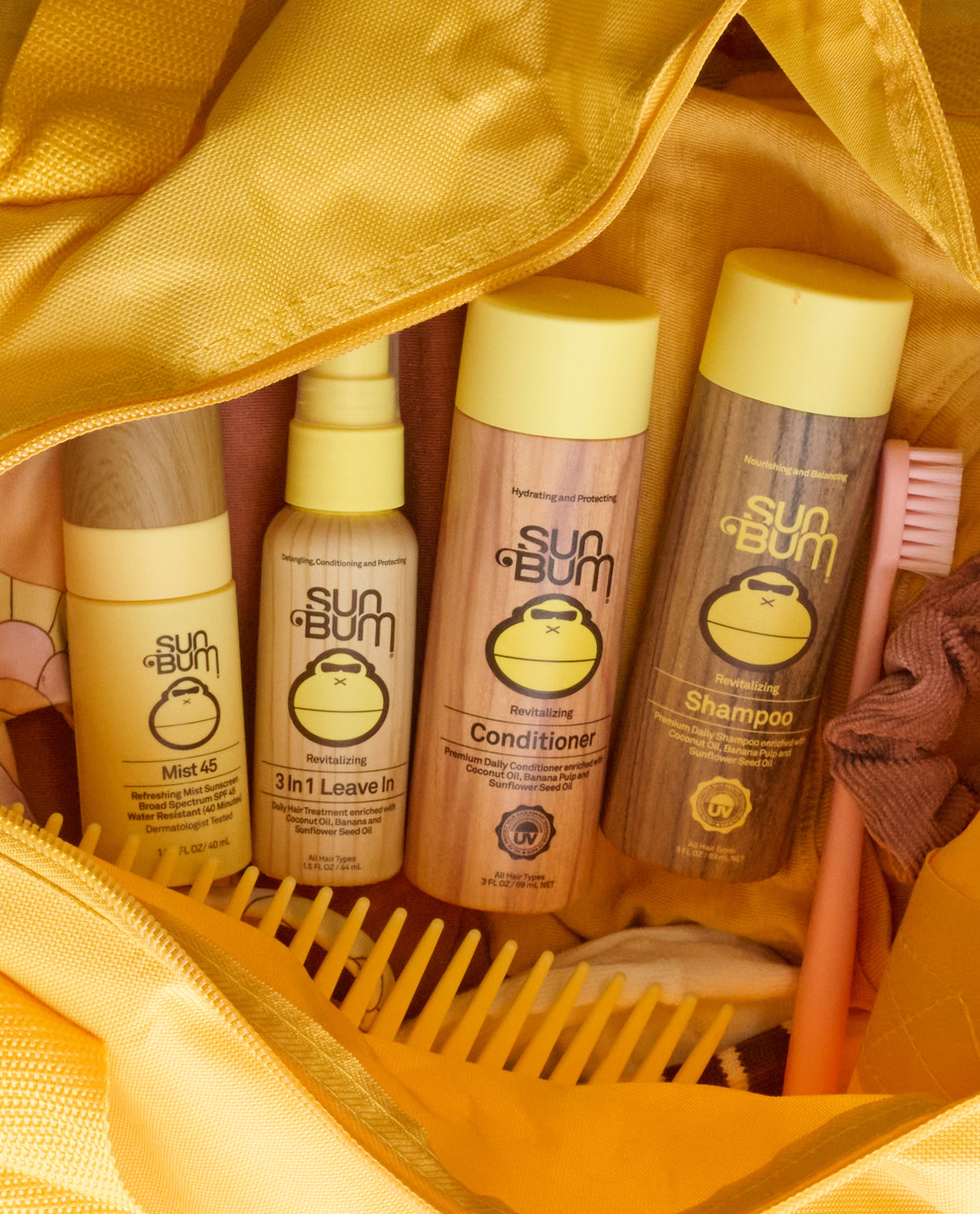Understanding Sunspots vs. Freckles
There’s a fine line between “cute” and “sun-damaged,” and the difference between freckles versus sunspots is a great way to illustrate this point. In this guide, you’ll learn more about these “solar kisses” and how to know when your relationship with the sun has simply gone too far.
What Are Sun Spots?
Sunspots (also known as “age spots” or “solar lentigo”) are those brownish, flat spots that appear on our face, hands, shoulders and arms seemingly overnight. Typically, a minimum of 5 mm in diameter, these areas of discoloration are a direct result of excessive sun exposure. They occur when UV radiation causes pigmented cells in the skin to multiply, grouping together as darker mini-shields from the sun’s damaging rays. They tend to increase in number as we age and do not fade over time.
How to Treat Sun Spots
Sunspots don’t have to be forever. There are a number of treatments available that will help lighten if not entirely remove your unwanted collection of brown blemishes. Talk to your dermatologist to find out what works best for you depending on your skin type.
What Are Freckles?
Freckles are small, pigmented spots on the skin (black, brown or red in color) and typically 1 to 2 mm in diameter. They occur naturally in those who have the MC1R gene and their exposure to the sun over time. Freckles tend to be darker in the “sun exposed months” and fade in the winter. While freckles aren’t considered sun damage, they can be an indicator that you’re getting too much unprotected UV exposure.
How Are Freckles Formed?
A freckle develops when a group of skin cells produce more pigmentation than the surrounding cells. Think of it as your body’s natural form of sun protection: pumping up the melanin where UV rays are penetrating most.
What Is the Difference Between Sunspots and Freckles?
There are a few key differences between freckles and sunspots. First and foremost: freckles are inherited (thanks to the MC1R gene) while sunspots result from too much exposure to the sun. Freckles tend to be much smaller in size than sunspots (1 to 2 mm in diameter vs. 5 mm in diameter) and they generally fade in time while sunspots do not. While neither freckles nor sunspots pose a direct threat to your health, the proliferation of sunspots is an indicator of too much exposure to UV light which increases your risk of developing skin cancer. (Read: How to Prevent Skin Cancer)
Size
It’s true: freckles are “cute” while sunspots are not. A lot of this might have to do with size. Freckles are generally 1 to 2 mm in diameter (about the size of a pinhead) while age spots can be up to 5x that (the size of a small beetle).
Cause
Freckles are inherited (thanks to the MC1R gene) while sunspots result from too much exposure to the sun. Both illustrate how your body protects itself from UV exposure, softening the impact with pigmented “shock absorbers” on the surface of your skin.
Aging
Although you'll notice the development of increasing sunspots on the skin as you age (usually people ages 40 and older), freckles usually become less noticeable over time. Sunspots worsen/become more prominent they can be harder to get rid of.
The Sun’s Impact on Your Skin’s Surface
While sunspots can be seen as “warning signs” of too much sun exposure, the long-term effects of prolonged UV radiation goes much deeper than surface level. Too much UV radiation is an enemy of healthy skin, contributing to increased wrinkles, sagging and ultimately the risk of developing skin cancer. The remedy? Use sunscreen every day.
FAQs About Sunspots vs. Freckles
Do Sun Spots Go Away?
Sunspots, without treatment, tend to stay with you for life. In fact, with age and increased sun exposure, you’re likely to continue developing new sunspots over time on the hands, face, arms and shoulders.
Do Sun Freckles Go Away?
Think of freckles as something you’re born with: it’s your skin’s way of saying “let’s work together on protecting us from the sun.” And when sun exposure is at a minimum (like during the peak of winter), some freckles can fade. They even tend to fade with age.
Can You Reverse Sun Spots?
The most effective way to reverse sunspots is to limit future exposure to the sun and apply one of the proven methods of fading or eliminating existing spots. This can include light therapy, micro-needling, chemical peels and other topical treatments and skin care products.




















